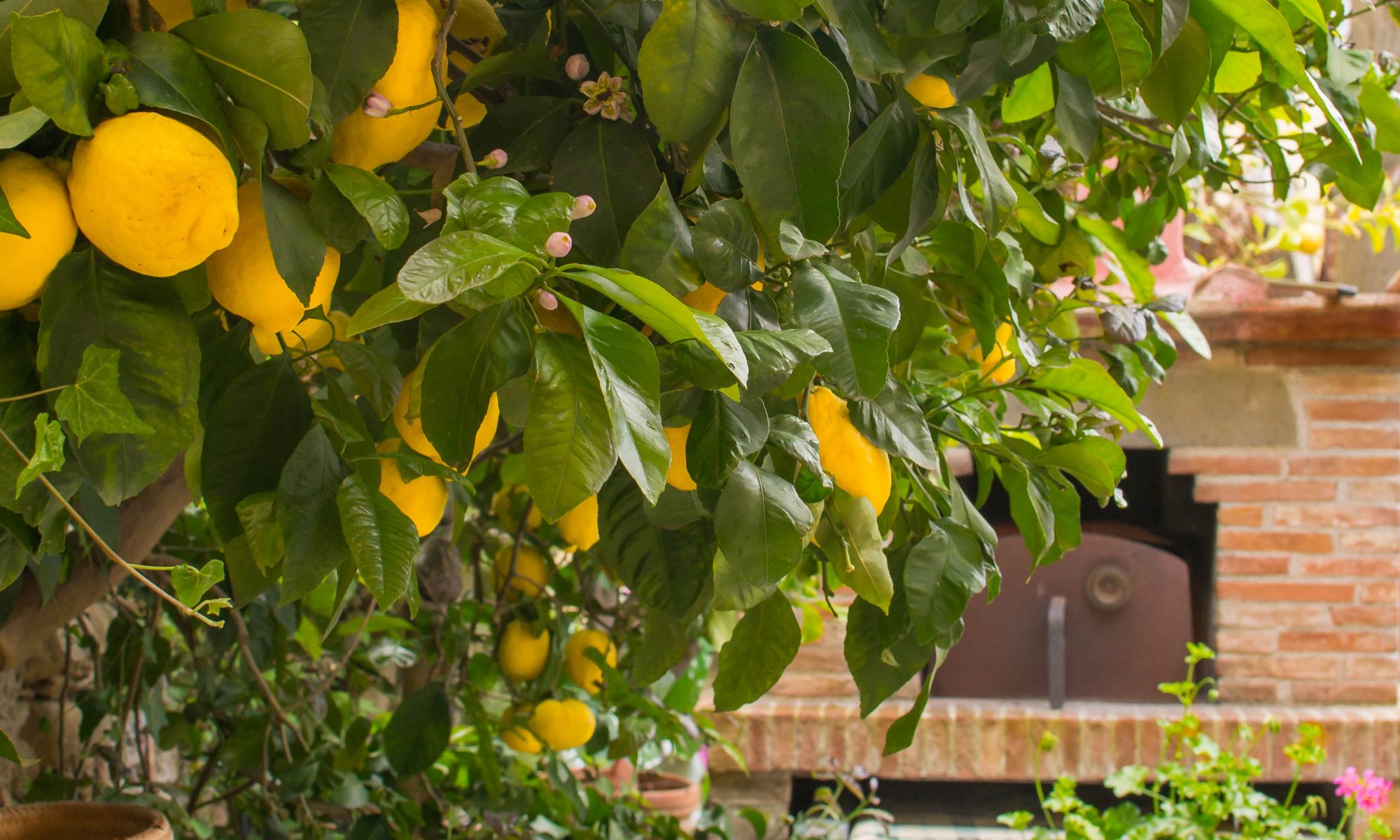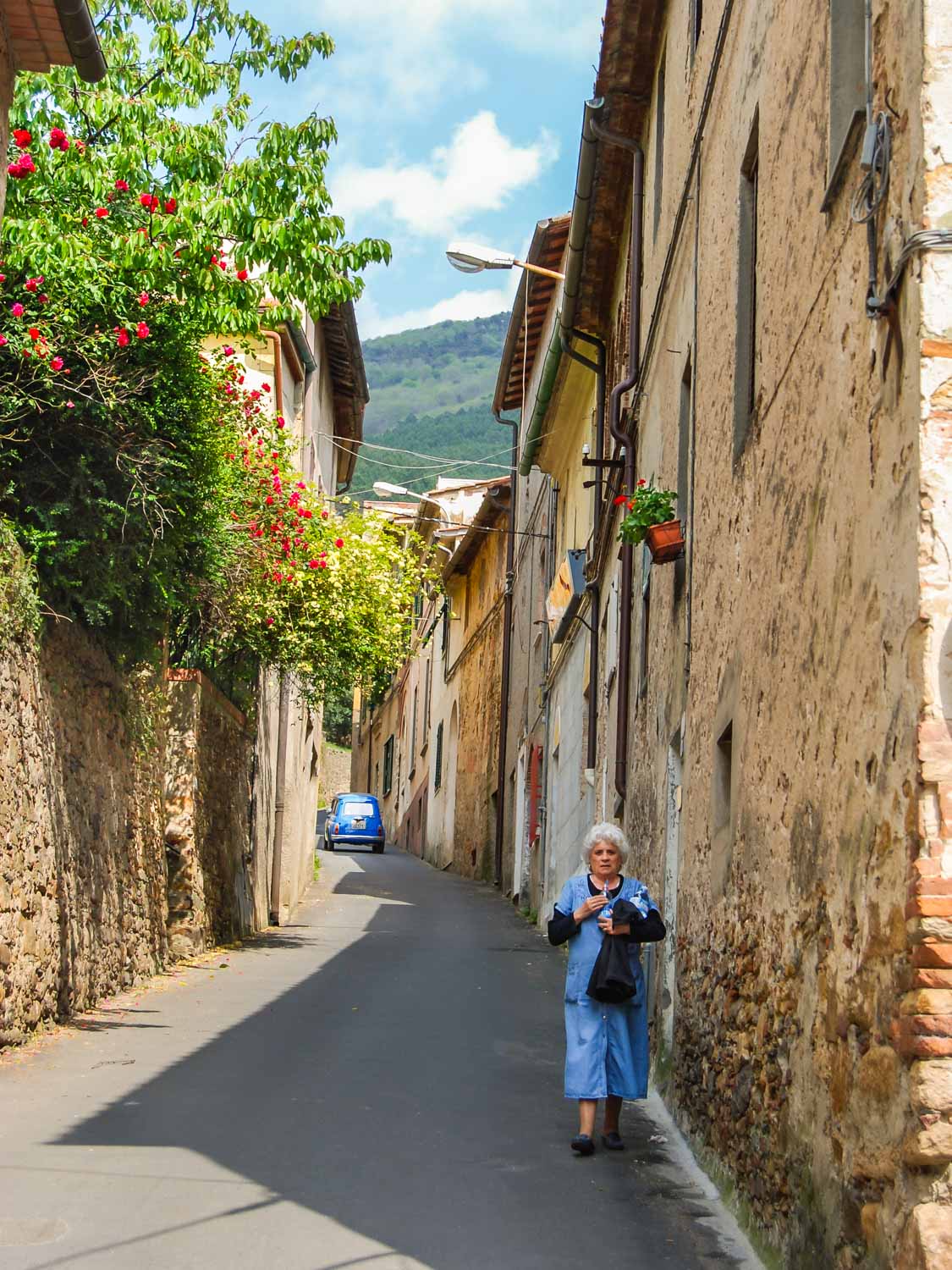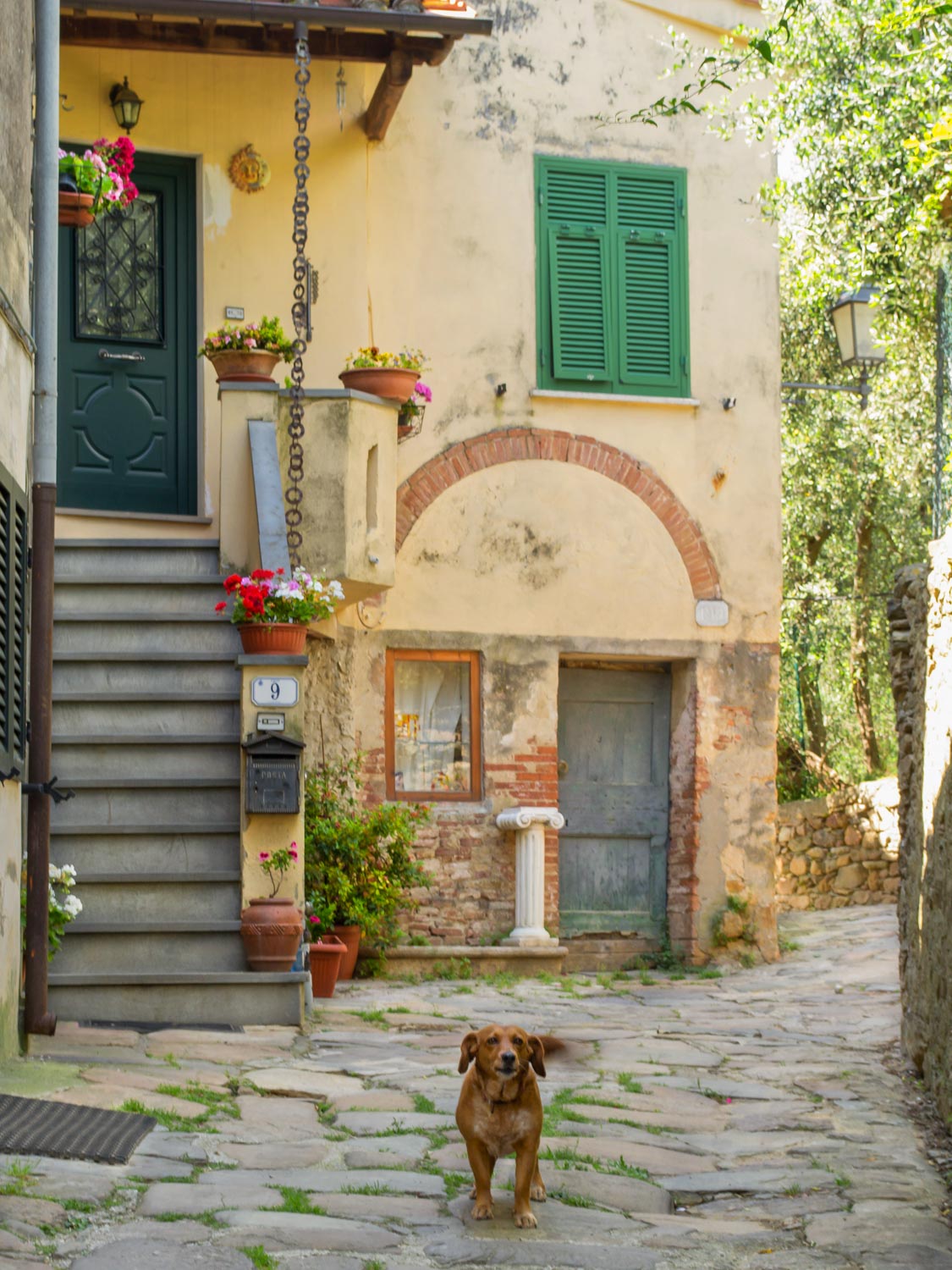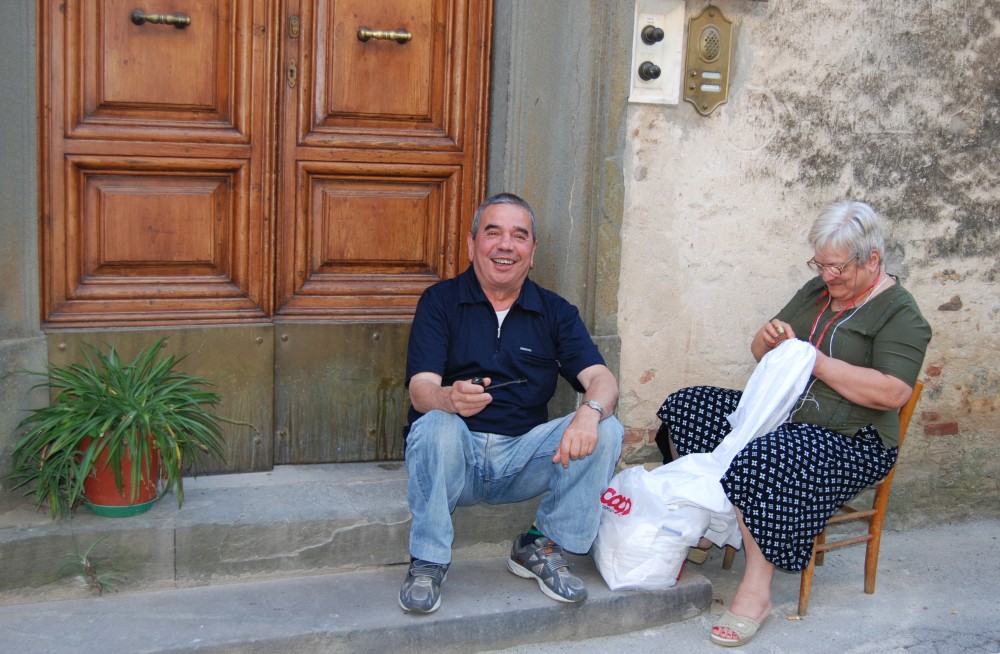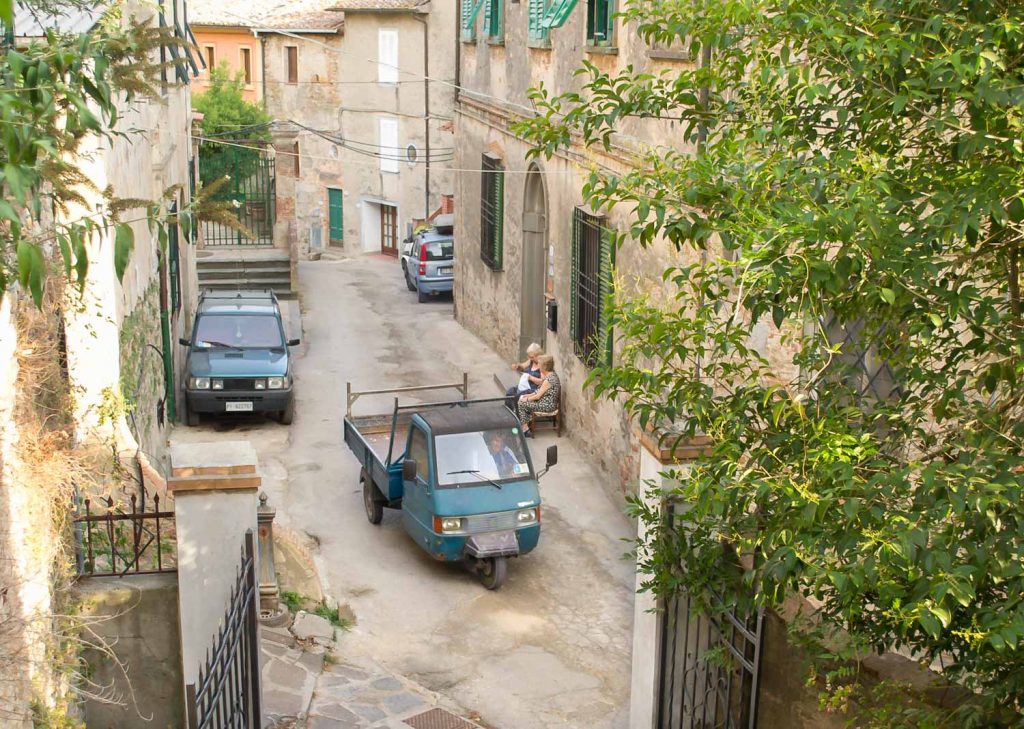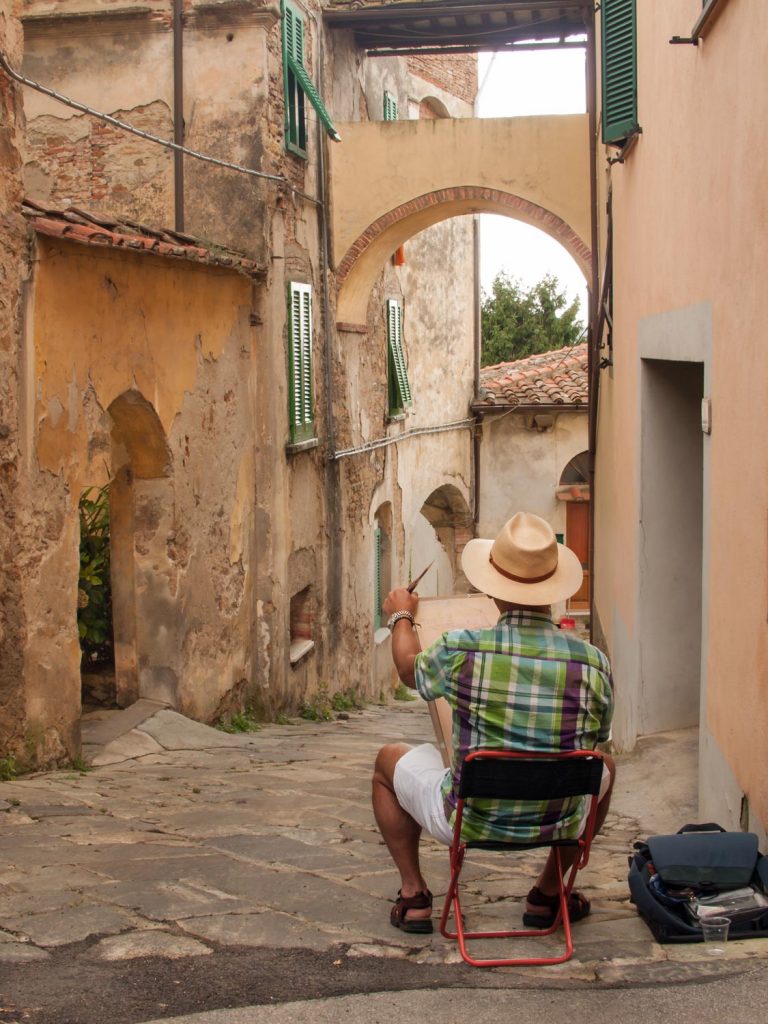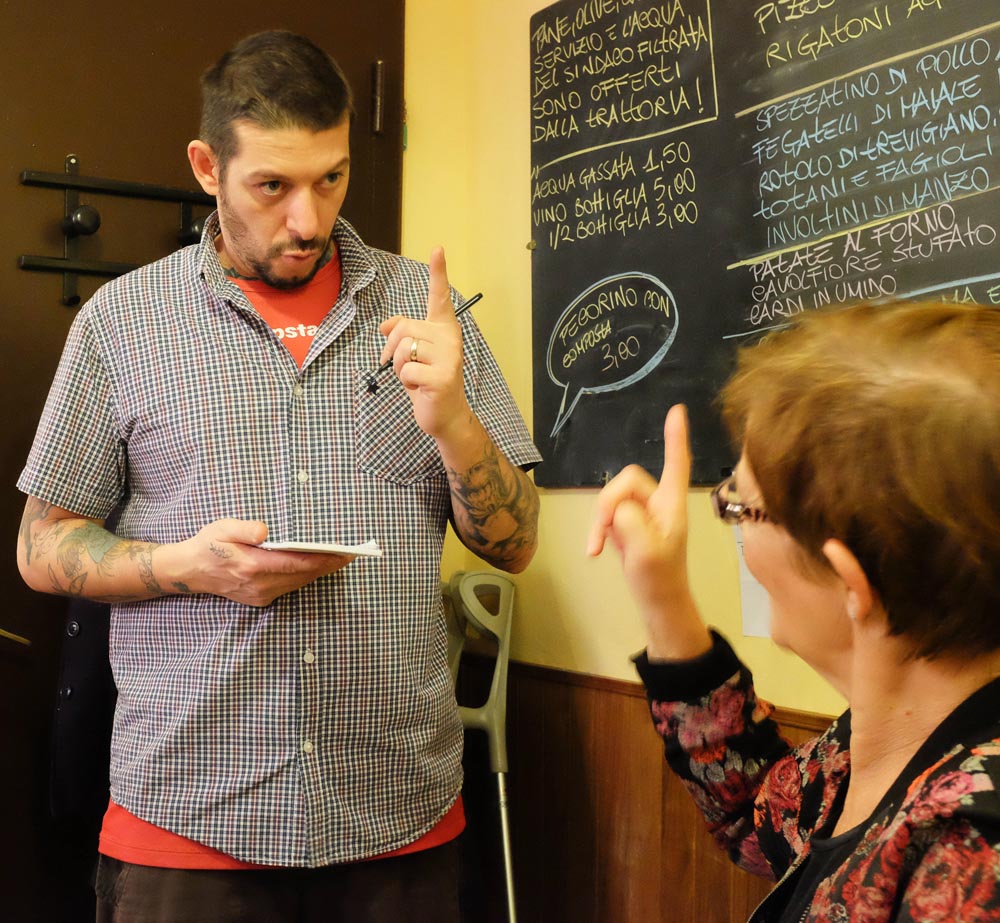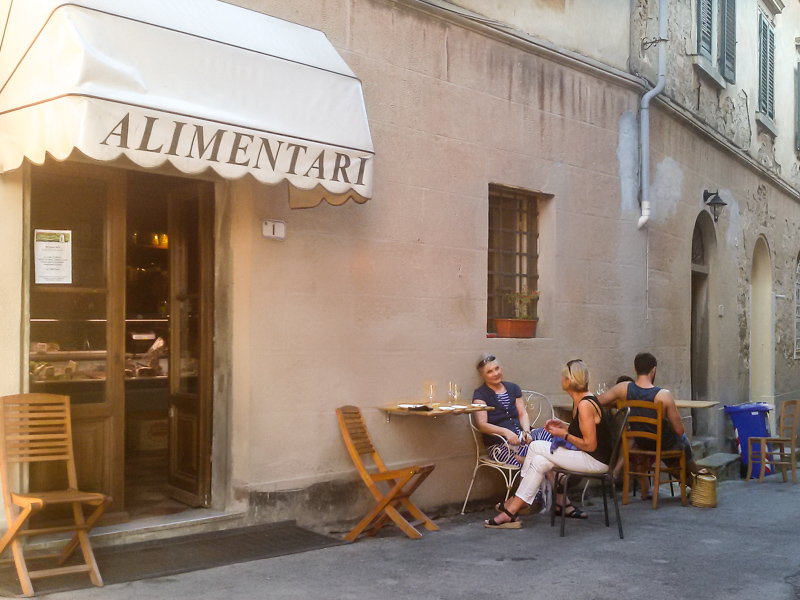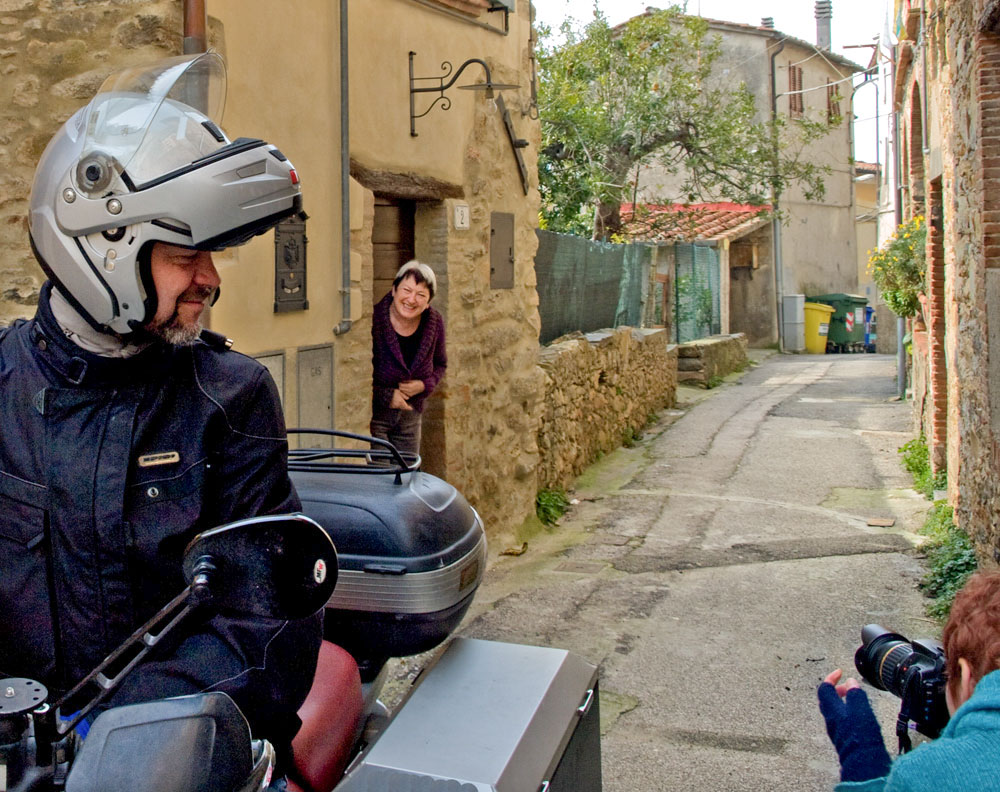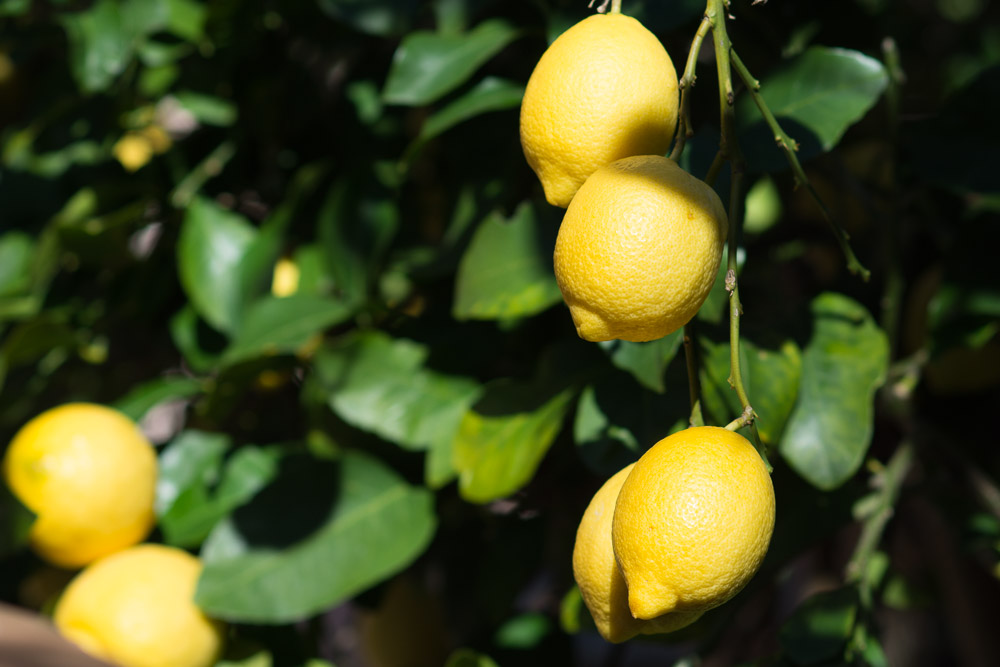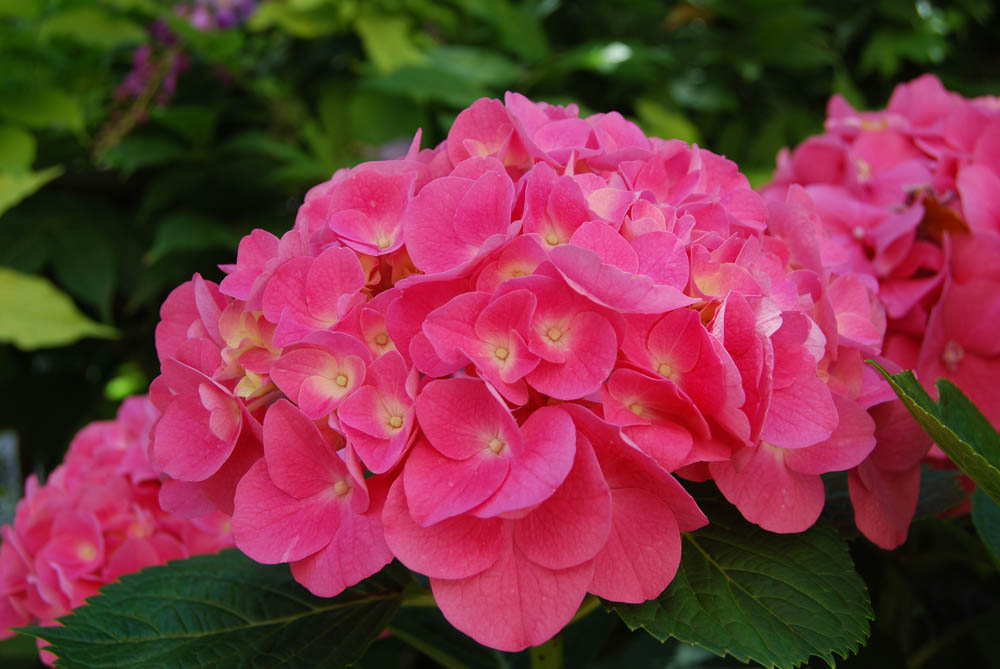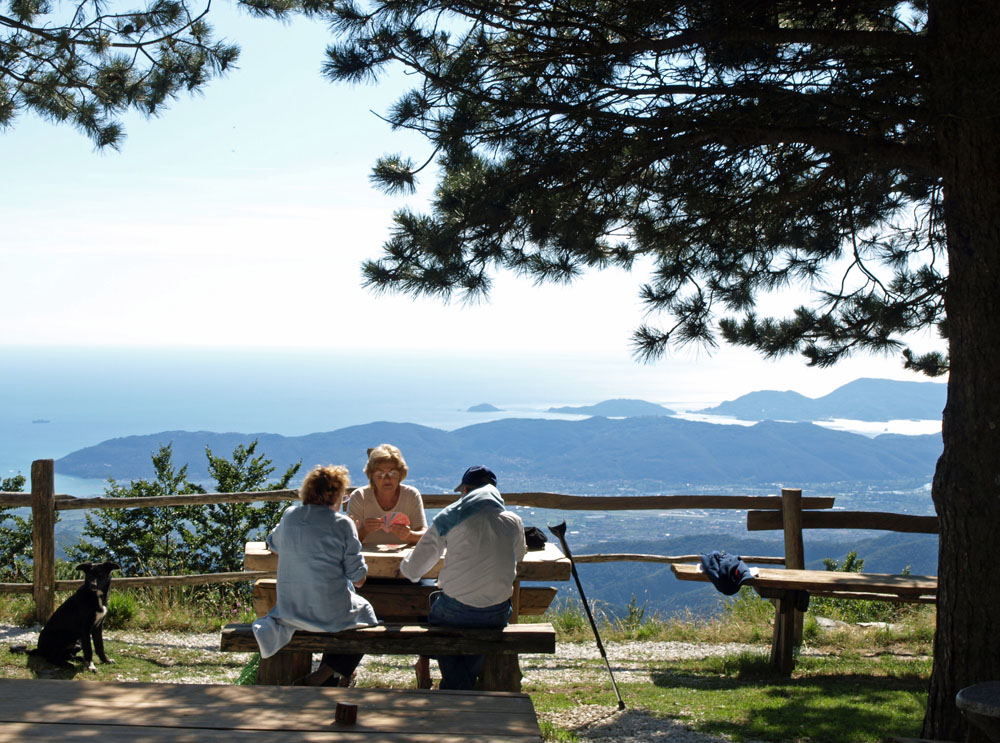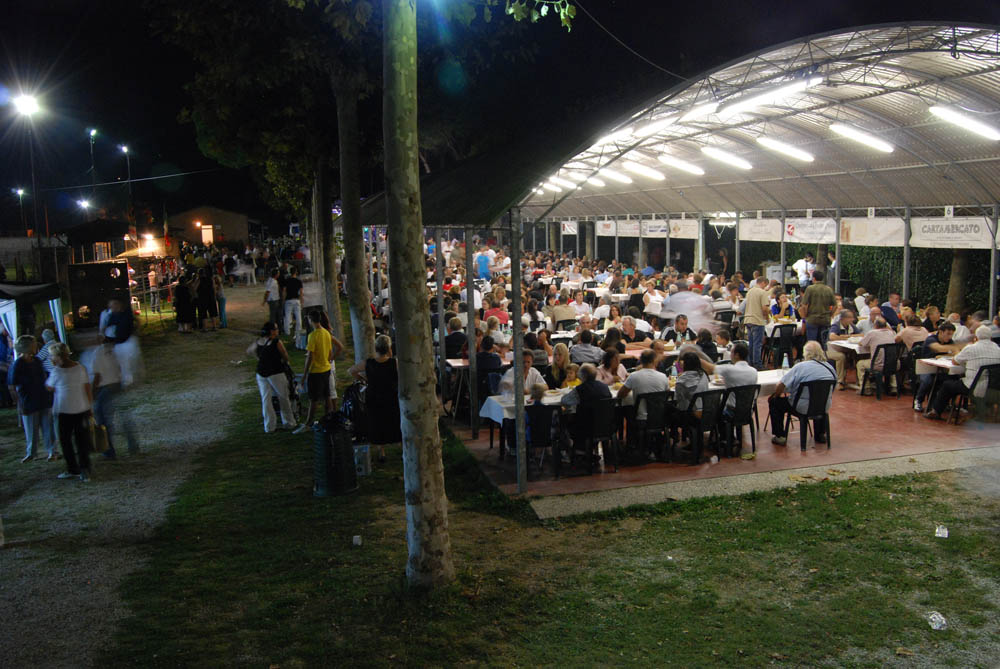Montemagno: our village
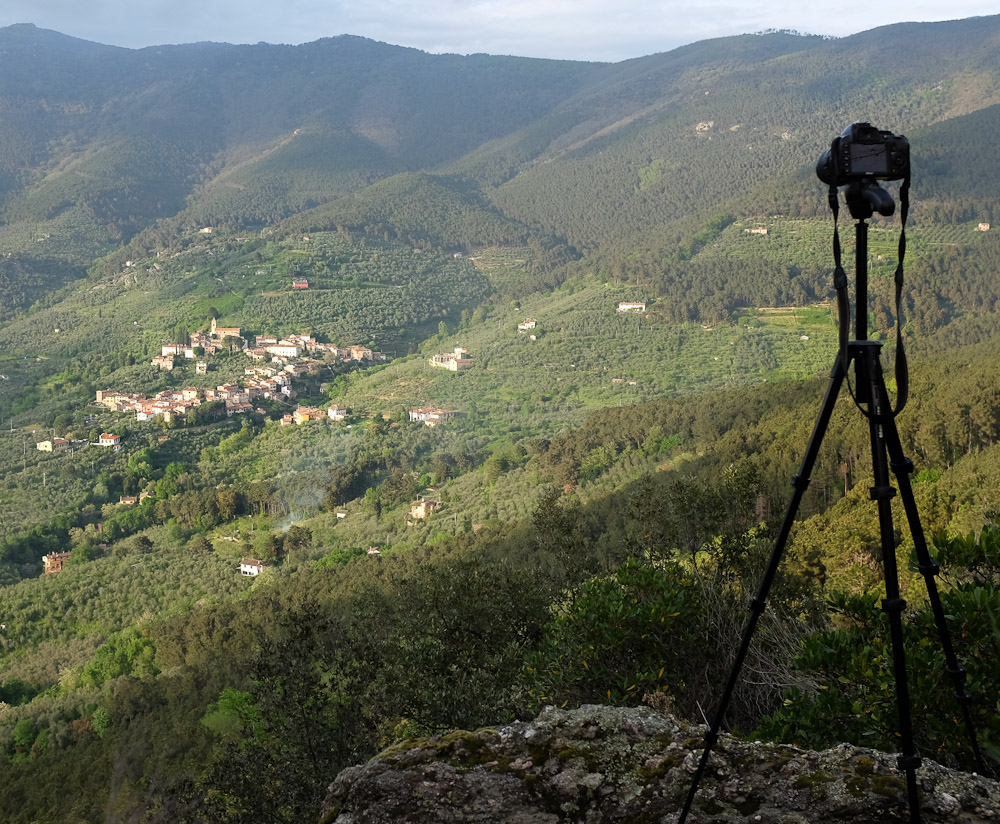
There are approximately 250 people living in Montemagno. Most of them commute to Pisa for work.
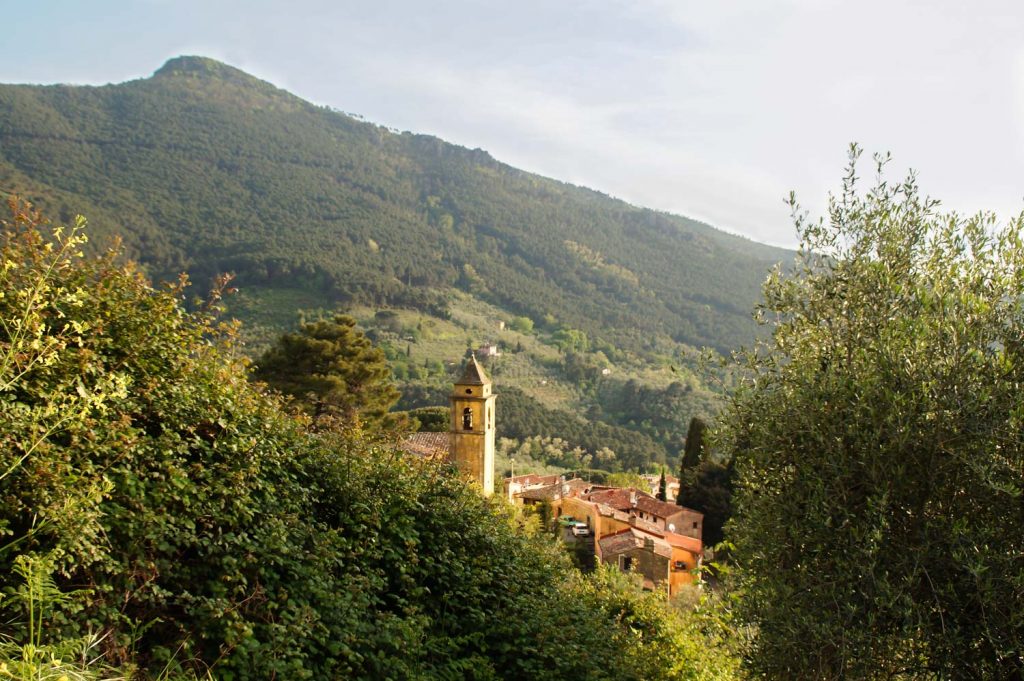
There is only one single street wide enough for cars. However, it is absolutely not two lanes, and speed is kept low. The street narrows as you get higher up in the village, turns into gravel, and stops. The side streets, like the one below, is too narrow for cars.
Villa72 is located at the top of the village. The garden borders the olives. THus, one side of the house faces the village proper, while the other faces the countryside. One part of the house has the feeling of Tuscan village life, the other secluded and private.
Montemagno is old, very old. The villages is mentioned in a document which is 1.300 years old. The name stems from Mons Ianus: The temple (monastery) to honour Ianus (think January).
No village in Toscana without a trattoria. Obviously, it is called Trattoria di Montemagno. You will find it both on facebook and TripAdvisor. With one exception–see below–they serve typical rural, Tuscan food. Very informal, food as you can expect from a place that caters the locals, and the wine is always very good.
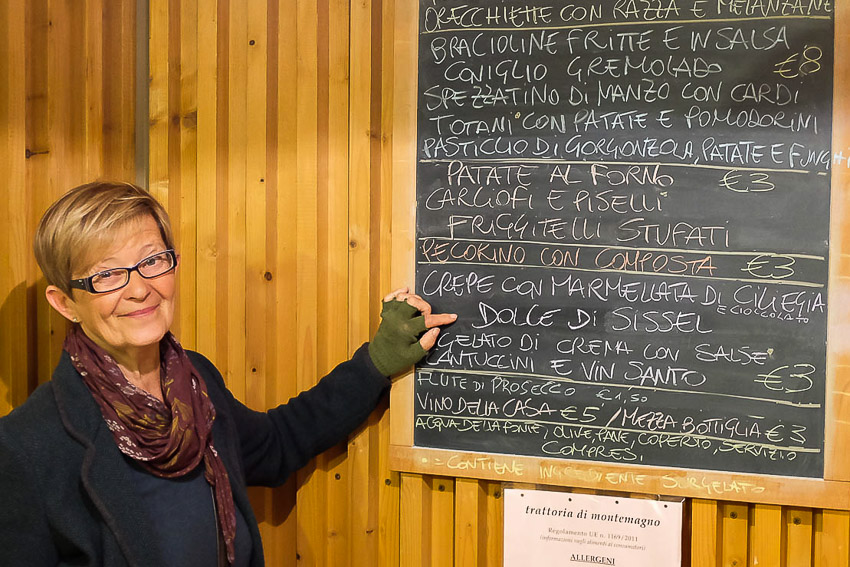
We also have a small deli aptly called Bottega di Montemagno. Search TripAdvisor. The owner used to cook at a famous restaurant in Pisa, and she really knows her trade. She has an excellent selection of wine.
The village is surrounded by old olive grooves, which again is surrounded by pine forest. Unless you crave for snow and ice, the area is perfect for hiking. There are many marked trails and forest roads. The view from the Medieval fortress Verruca is among teh best in the whole of Tuscany.
There is a direct bus service to Pisa. The trip takes about 40 minutes, and there is a stop just by outside Piazza dei Miracoli (that is, the Leaning Tower) and the last stop is at the railway station. From there you can take a bus to the airport. By car, the airpoirt is about 25 minutes away.
Weather
There are two questions of note: How hot is it durong summer, and how cold is it during winter.
Lemons originates from the Tropics, so they have no protection against frost. We have three lemon trees in the garden. This demonstrates that for all practical purposes, there is not frost during winter.
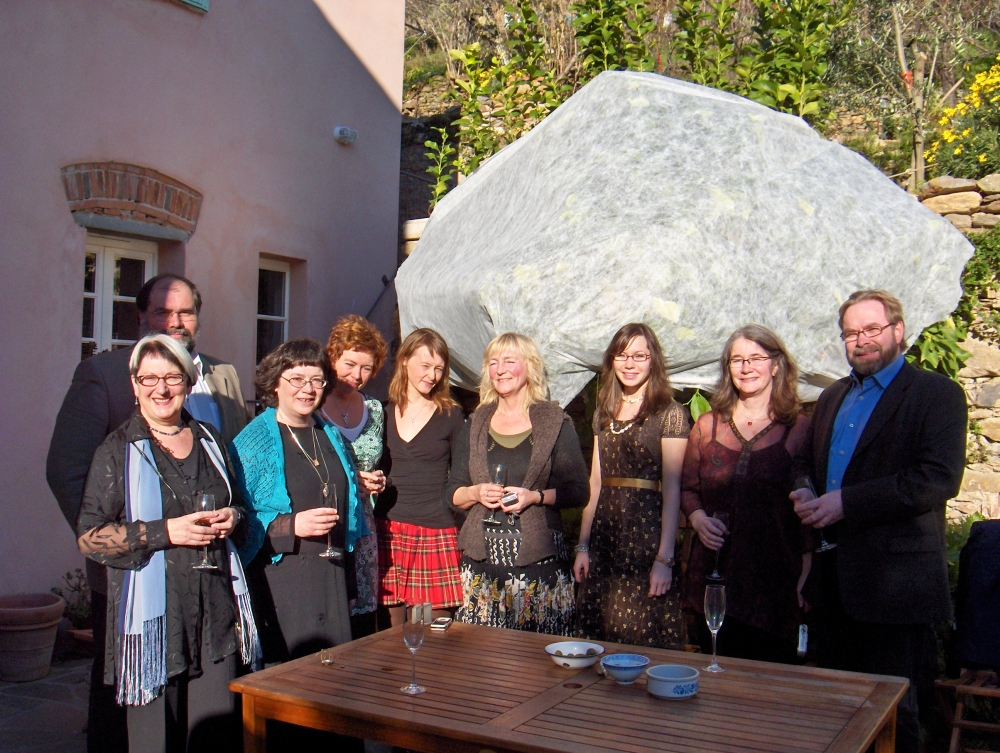
During our 15 years in Montemagno, the lemon trees have never been damaged by frost.
We have experienced three snowfalls in those 15 years. A few centimeters that have thawed during the day. The lemon trees have not been damaged in any way (the important thing!).
July and August are the warmest months. We often see 30C, but very rarely 40. The thick stone walls ensures that inside it is nice and cool.
Toscana is very different from Greece, Spain, and Provance, and offers lush green also in summer.
Calci
Two kilometers away, down on the plain, you find Calci. It is the centre of our municipality (comune). It sports everything you need. In particular Pasticceria Andreoni has the most fantastic pastry, in particuilar for breakfasts. And the coffee is Italian, in all respects. Starting the day here, with a svoglia con ricotta and a cappucino is a safe bet. A small supermarked, with butcher and lots of vegetables. There is also a gelateria. It serves something not found in Norway: Fresh ice cream. That is, made today.

Pisa
The city that is home to the second most famous building in the world, also offers a well connected railway station. Hourly departures to Firenze. From there high-speed (200 km/h) traons to Roma, Bologna, Milano, and Napoli. There are also trains to La SPezia (Cinque Terre), Lucca, Garfagnana, Livorno, Grosseto.
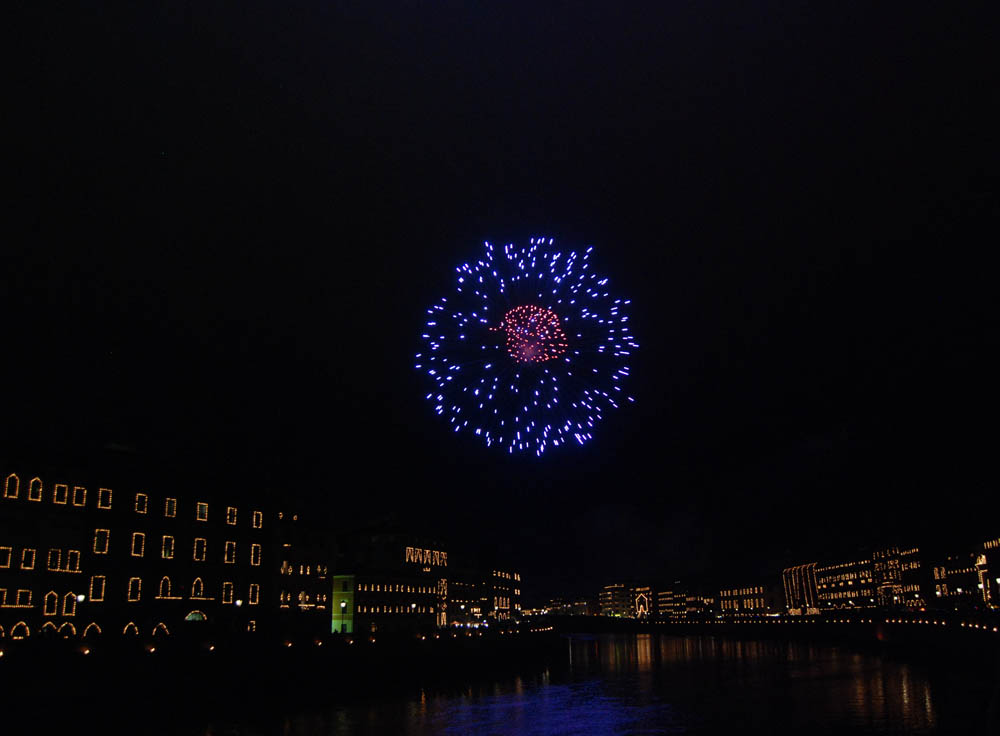
Pisa has a population of about 130.000 innbyggere, and about 40.000 students attending two universities and a range of other educational institutions. The town has everything you might need.
Pisa airport is the larges in Toscana. It has connections to all major hubs in Europe (München, Frankfurt, Milano, Roma, London), in addition to a range of smaller, “touristic” sites.
Toscana
It is impolssible to say anything novel about Toscana. Everyone has heard of Pisa, Lucca, Firenze, and San Gimignano. But when residing here, you get to experience all the places where the four million people actually live, wine, dine, and relax.
Food (and wine)
Local food and wine is an integral part of Tuscan life.
In our small municipality with 5.000 inhabitants, I know of 10 trattorie where you can have dinner. Not a single fast-food among them.
The kitchen in Villa72 has been accepted by the proper authorities for professional cooking. That is, serving food (and drink, obviously, this is Toscana after all) to guest for money.
It is not likely that a proper full-blown trattoria is possible. There is no bathroom adapted for handicapped, and without it a general licence as trattoria is not possble. But we secured license to server to “our guests” (for a suitable definition of that term). We rented out houses in the village, and had no shortage of guests.
We designed the kitchen carefully, and had a second door opened, with the aim of comfertably prepare a Tuscan dinner to 25. Here is a typical menu (in Norwegian, but you recognise the dishes).
Cooling has beeninstalled in the storage to ensure that food is kept fresh also durin ghigh summer.
You will find a 50 liter steel tank for red, and a 30 liter tank for white. Chianti is a mere half hour away, while Montalcino (think Brunello) maybe two hours. Süd Tirol can be reached in four hours. Need we say more?
In 2007 the Norwegian magazione Horeca visited us, and the article is here.
During summer, and in July in particular, you will find festivals focussed on different foods. It is called sagra. Attending them is a perfect way to get aquainted with local traditions and tastes.
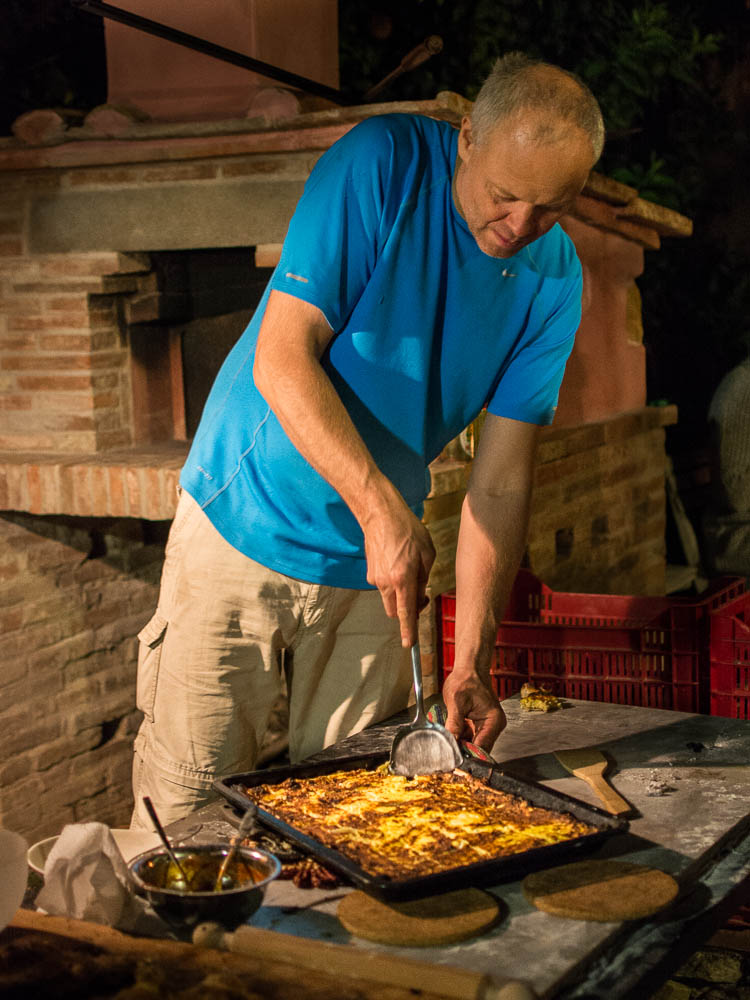
On the terrace we have made a proper pizza oven. For pizza, obviousley, but also for bistecca and, as shown above, dessert. With a proper oven, you can invite all the neigbhours for pranzo.
